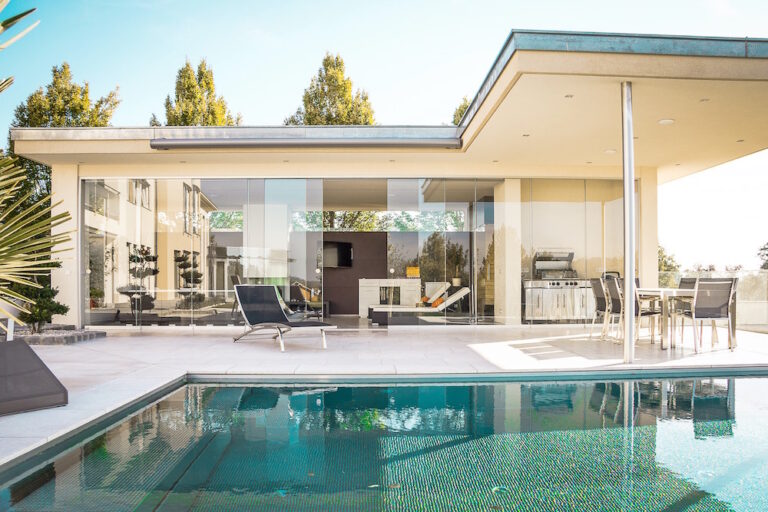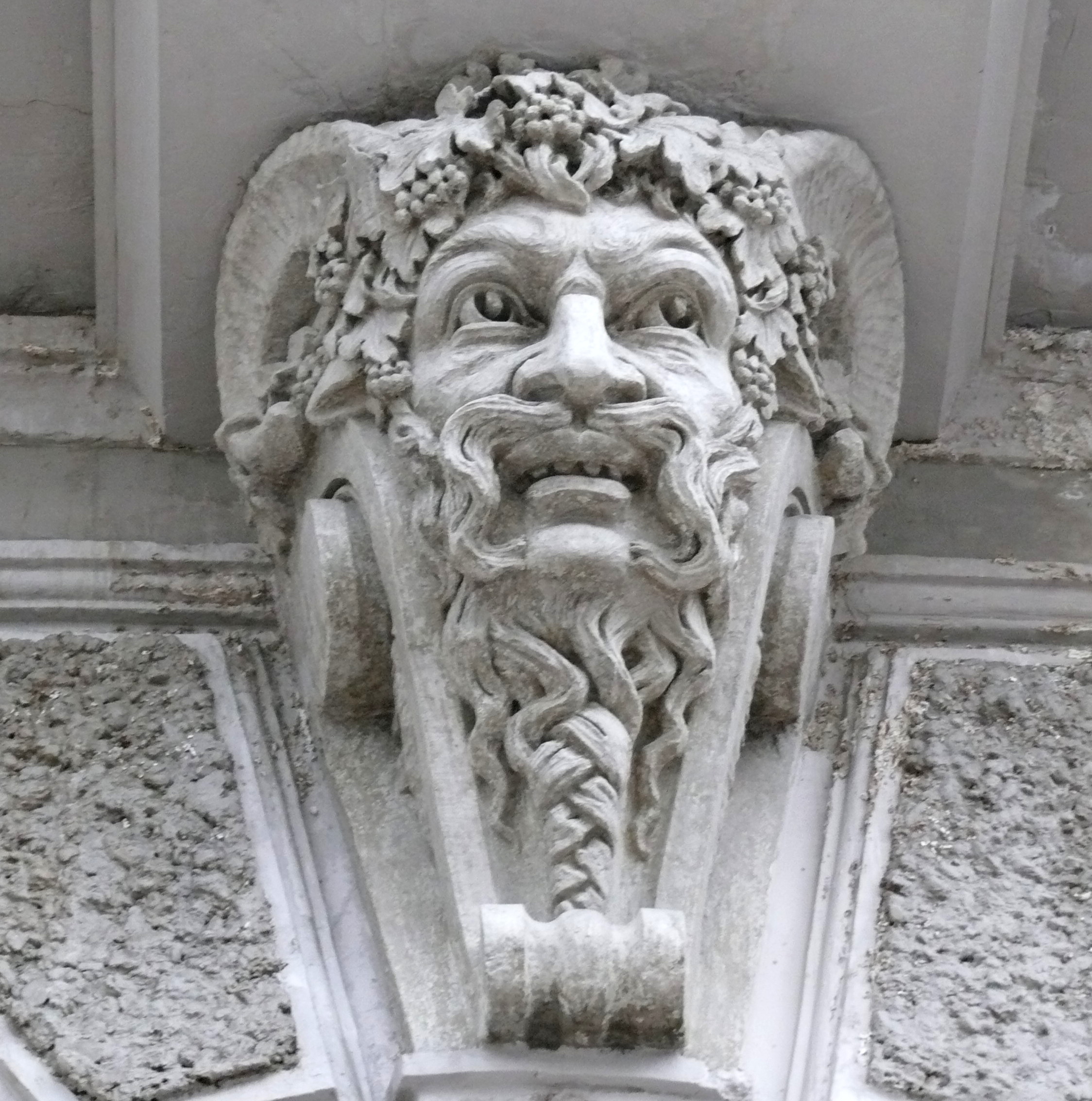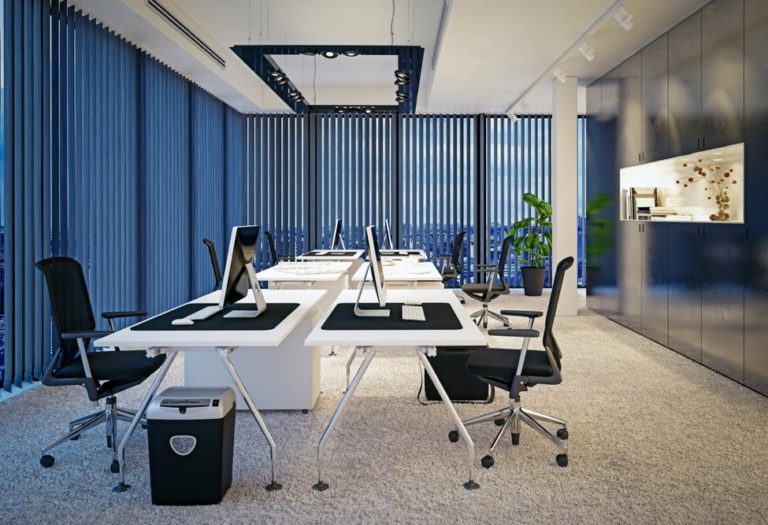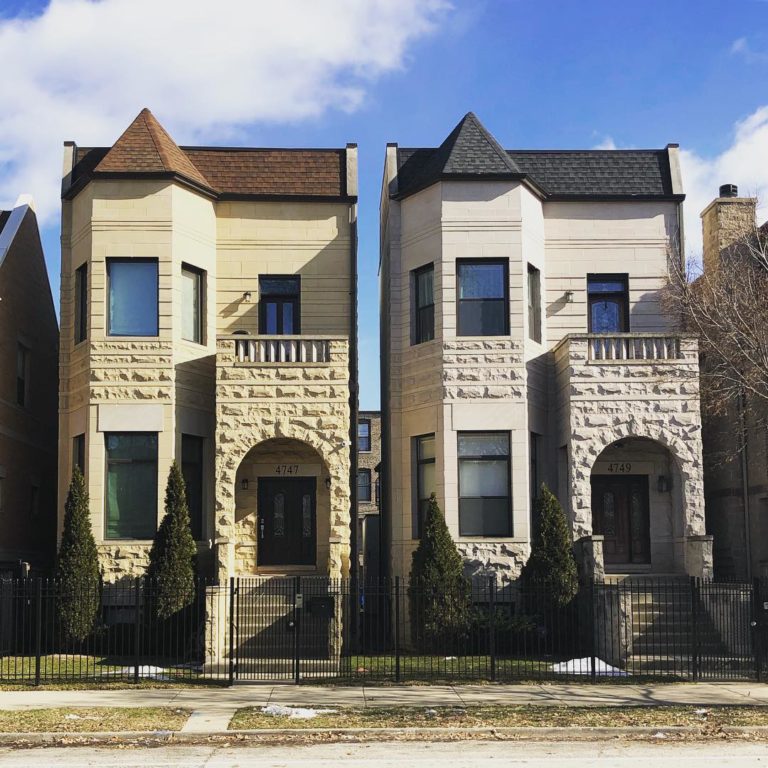Church Interior Design : History and Trends
Church interior design has a rich history that dates back centuries, with each period influencing the style and layout of these sacred spaces. From the intricate details of Gothic cathedrals to the simplicity of modern churches, the design of a church interior plays an important role in creating a welcoming and spiritual atmosphere for worshipers.
One of the most well-known styles of church interior design is Gothic architecture, which was prominent during the medieval period. Gothic churches are characterized by their tall spires, pointed arches, and stained glass windows that allow natural light to filter in. The interior of these churches often feature intricate stone carvings, vaulted ceilings, and elaborate altars.
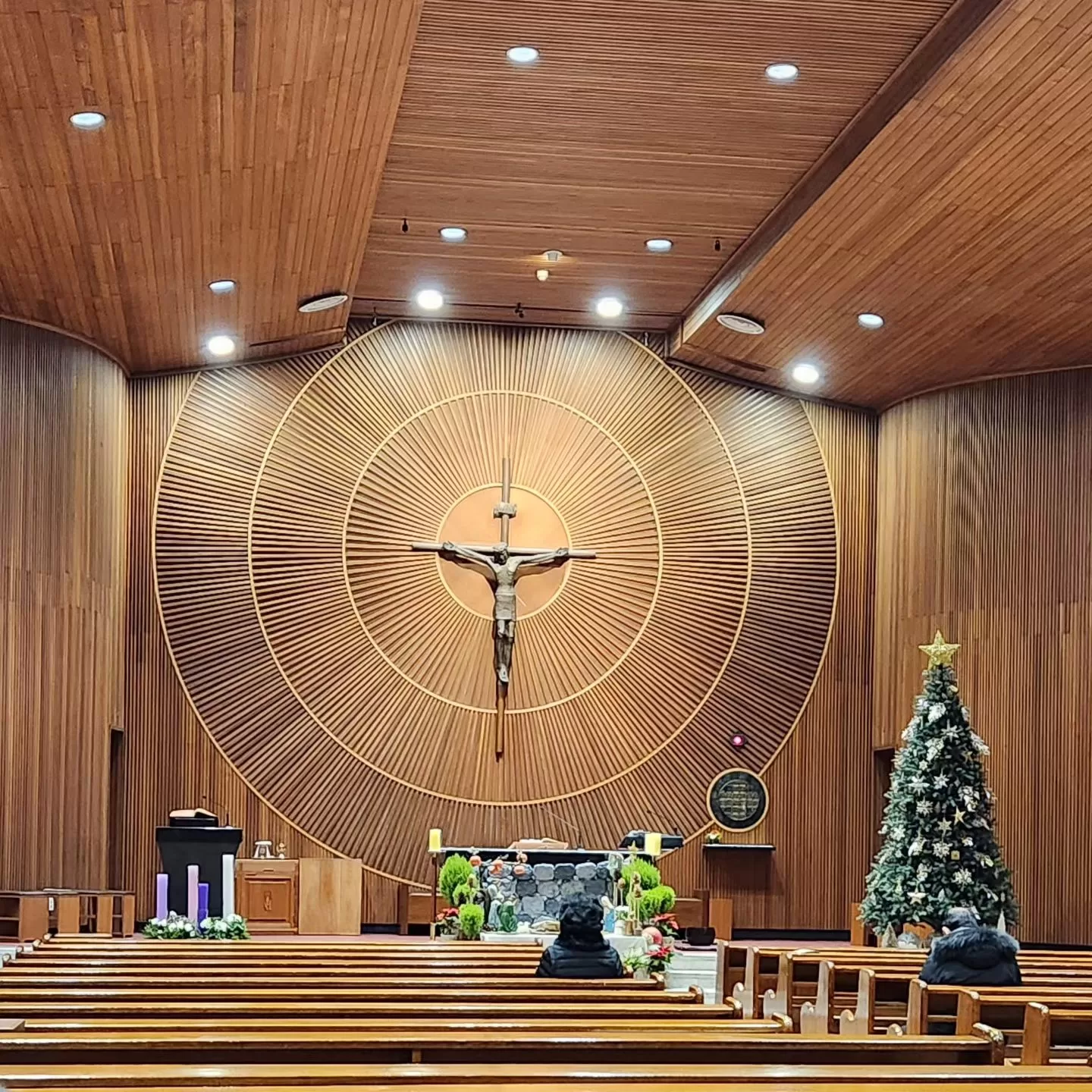
During the Renaissance period, church interior design became more ornate and decorative. Baroque churches, in particular, are known for their dramatic use of light and shadow, as well as their exuberant decoration. Candles, paintings, and sculptures were commonly used to enhance the spiritual experience of worshipers.
In the 19th and 20th centuries, church interior design began to shift towards a more simplified and modern aesthetic. The Arts and Crafts movement, for example, emphasized the use of natural materials and simple geometric forms. This style can be seen in many churches built during this time, with wooden pews, plain walls, and minimal ornamentation.
Church Interior Design Today
Today, church interior design continues to evolve, with a focus on creating spaces that are both inviting and functional. Many modern churches incorporate elements of traditional and contemporary design, blending old and new to create a unique and meaningful worship environment.
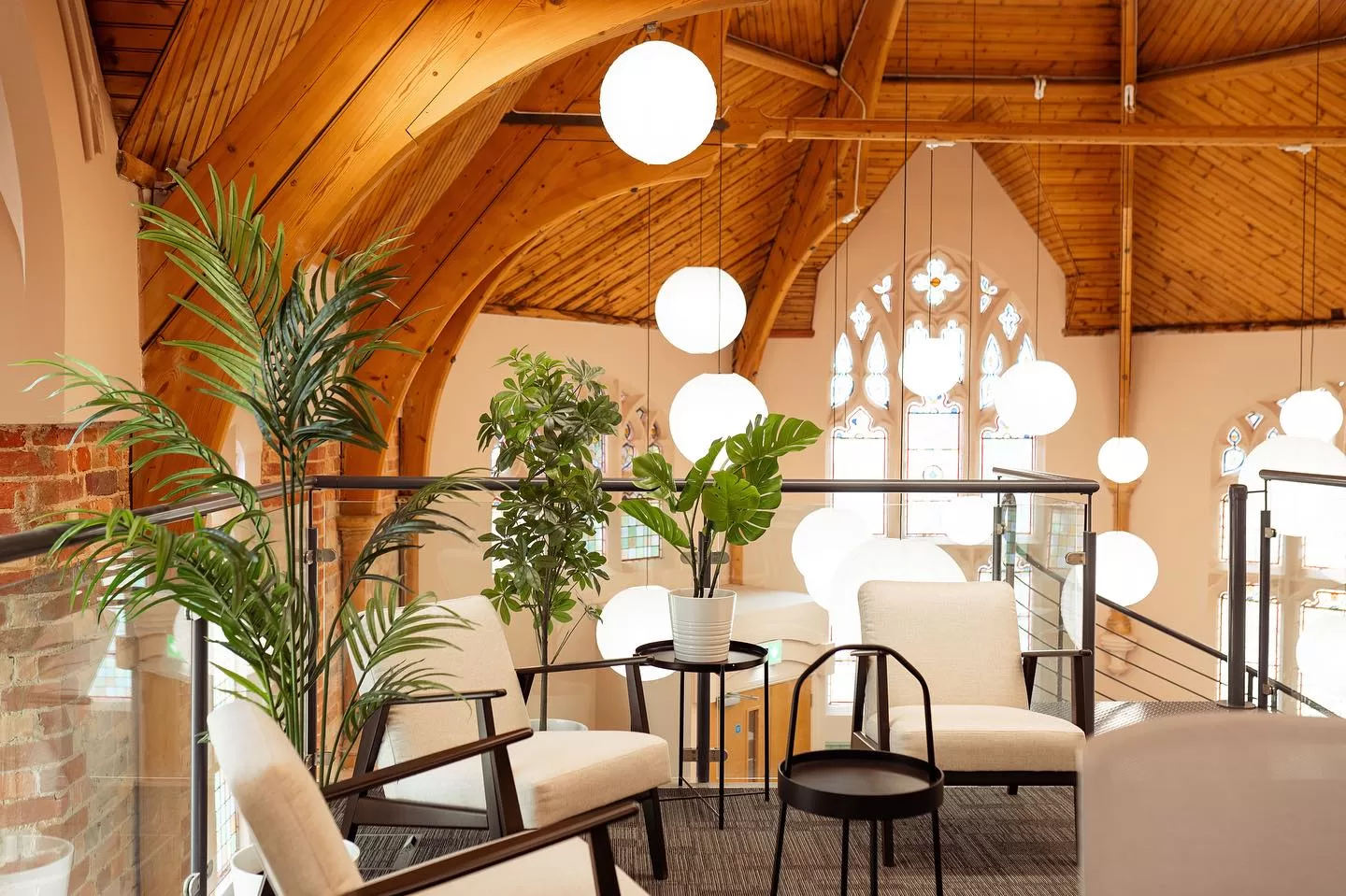
One trend that has gained popularity in recent years is the use of technology in church interiors. LED lighting, projection screens, and sound systems are often used to enhance the worship experience and engage the congregation. Additionally, churches are incorporating more flexible seating arrangements to accommodate different types of worship services and events.
Another trend in church interior design is the use of sustainable materials and practices. Many churches are opting for eco-friendly building materials, energy-efficient lighting, and green spaces to create a more environmentally friendly place of worship.
In conclusion, church interior design has a rich history that has evolved over the centuries. From the ornate beauty of Gothic cathedrals to the modern simplicity of contemporary churches, each period has left its mark on the design of these sacred spaces. As churches continue to adapt to the needs of their congregations, we can expect to see new trends and innovations in church interior design in the years to come.

